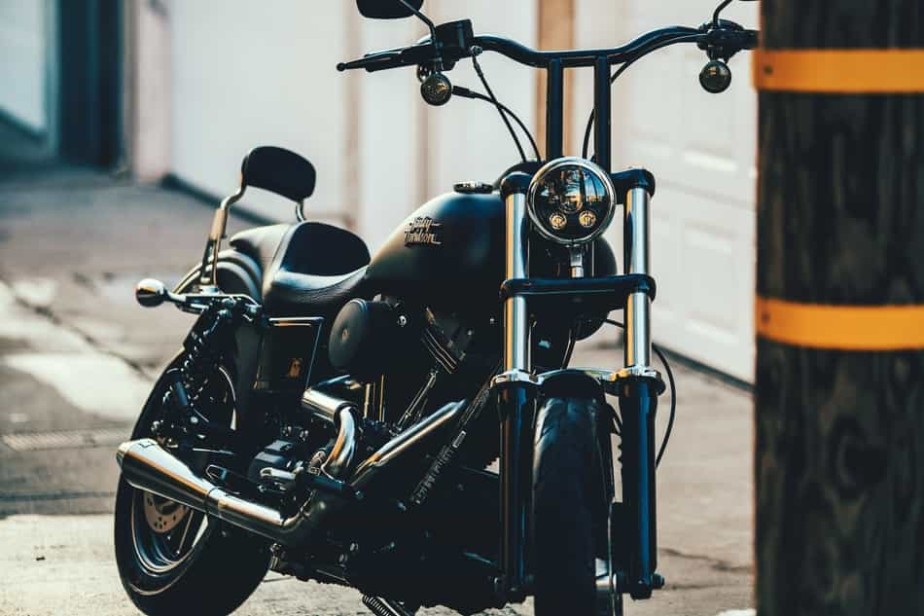
Every rider knows that perfect feeling of twisting his throttle. There is no feeling like it. Twisting the throttle lets your motorcycle accelerate pretty fast, which I like the most about my bike.
With all that joy comes and responsibility of maintaining and servicing your throttle cable and throttle. Knowing how to service and fix your motorcycle throttle cable will be helpful to every rider, and this is why I decided to write this article.
So how do you fix your throttle cable? As a general rule, disconnect the cables from the throttle housing and body. Unclip anything that may hold the old cables and take the cables out. Take the new cables, reinstall and secure them in the same ways as the old ones were. After doing so, restart the cable clack and test it out.
Further in this article, we will explain all the steps that need to be done in this process, as well as everything related to the motorcycle throttle cable.
Table of Contents
How to Replace Your Throttle Cables?
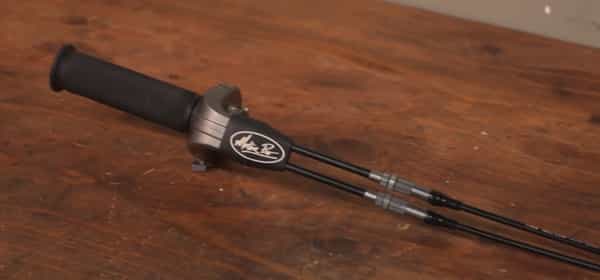
If you find any damages during the inspection, you will have to replace the throttle cable, and in this section, we will show you the easiest way to do it.
There is a chance that you will have to change them to accommodate a different handlebar. If you decide to change to lower controls, you won’t have any problems with the extra cable slack. However, if you choose to switch to taller controls, you will need longer throttle cables. Not only that, but the chances are that you will need a longer clutch cable and probably a longer front brake hose too.
Bear that in mind when thinking about new handlebars, and of course, do your own research to check if this setup will work for you. If you look for good quality replacement cables, you can’t go wrong with OEM parts, Barnett or Motion Pro.
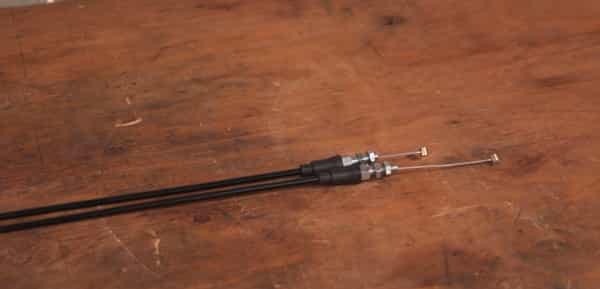
Routing can present the biggest challenge when installing throttle cables. You must follow the original ways to avoid hot engine parts, pinch points, or anything similar.
Tip: Take a couple of photos of the cable routing, so you have some references.
You need to disconnect the cables at the throttle body and the throttle housing, which can be under your fuel tank. Unclip any zip-ties or tabs that secure old throttle cables and pull the cables out. Take your new cables, connect and secure them the same way as your old cables were. Connect them to the throttle and throttle body. After doing so, you will have to reset the cable slack, and that’s it.
Keep in mind that when ordering your throttle cables, they won’t be lubricated, so if you plan to ride in wet conditions, you need to take some oil and put it in the cable housing before assembling everything. Do a final inspection after installing new throttle cables, especially if you have placed a new handlebar at a different height than the previous one.
Tip: It would be smart to start your motorcycle and turn your steering from one side to another. If you notice that the idle rises, it shows that the throttle cables are being pulled. This means you routed them in the wrong way, or there is not enough Freeplay at the throttle. Whatever the reason is, you need to deal with it before riding your motorcycle.
How to Check Your Throttle Cable?
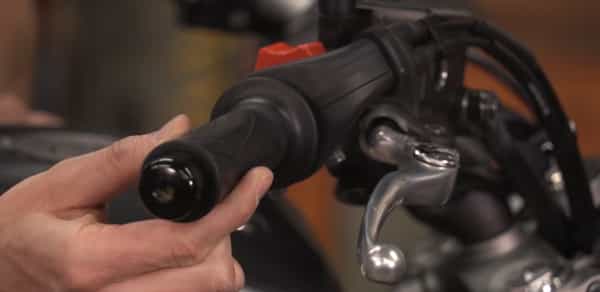
Every motorcycle manual has a “Throttle Cable” or “Throttle Operation” section where it is written after how many miles you should do your throttle cable inspection.
This inspection process is not complicated to do. You need to start with the throttle tube, which needs to rotate smoothly without any interferences, and it needs to get closed as soon as you release it. The throttle Freeplay is the next thing you need to inspect.
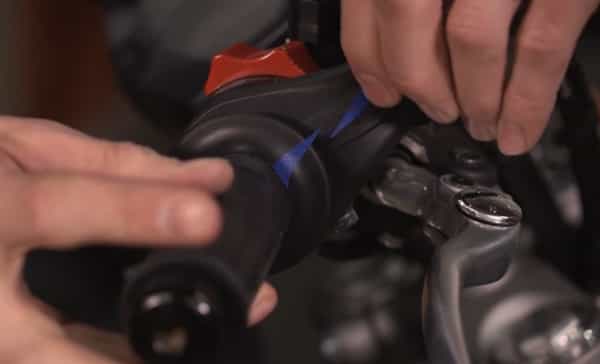
Throttle Freeplay is the rotation amount that happens before the throttle starts to pull the cable.
Measuring the outer grip diameter, the specifications are usually between three to six millimeters range. The last thing you need to do is visually inspect the cable housing to determine if there are any kinks or damages on it. These damages could have a bad impact on the movement of the cable resulting in bad motorcycle performance. Look carefully inner cable and its exposed portion and check if it is corroded or fraying.
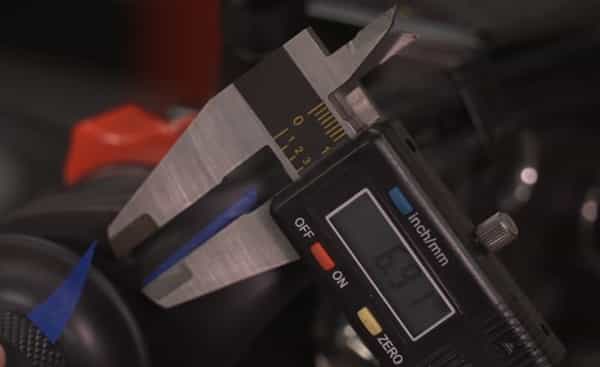
What to Do if the Throttle Freeplay Doesn’t Measure up?
Take a barrel adjuster where it leaves the throttle housing on the throttle cable and use it to alter the Freeplay. The next thing you need to do is loosen the locknut and turn the adjuster to reach optimal Freeplay. Turn the adjuster all the way in if you notice that the adjuster has been maximum out. After doing so, use the locknut and the adjuster to take up most of the slack at the end of the throttle body.
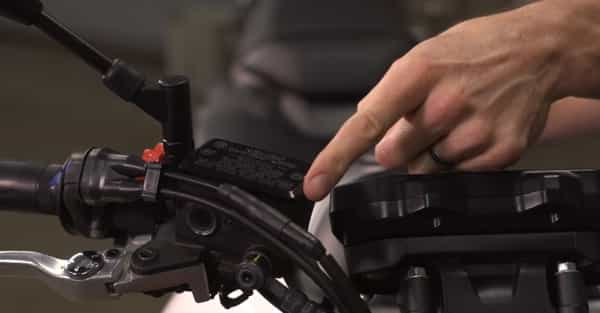
The last thing you need to do is use the barrel adjuster at the handlebars to fine-tune the Freeplay.
Modern motorcycles have two throttle cables; one of them is a “pull” cable whose job is to open the throttle plates, and the other is a “push” cable whose job is to close these throttle plates.
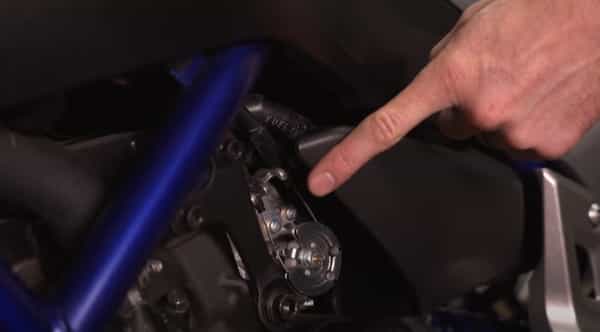
From a technical aspect, both of these cables pull, and a spring is used to close these throttle plates. The “push” cable is here for one reason: to act as a reserve; if the throttle plates stick or the spring fails, the rider can shut things down with force. You can only adjust the “pull” cable, and the “push” cable can probably be ignored.
What to Do if Your Throttle Feels Sticky?
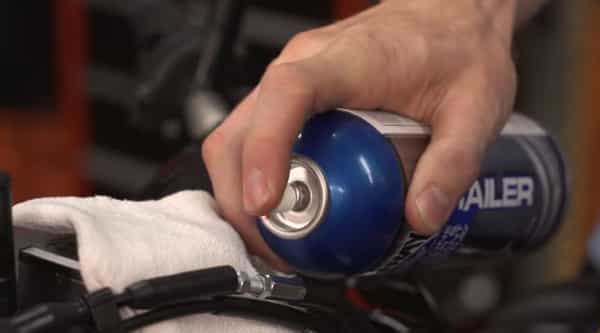
If you feel that your throttle action has that strange sticky or rough feeling, you may need to lubricate the throttle cable and throttle tube. You can find in some workshop manuals that lubricating these parts should be a part of regular motorcycle maintenance, while other manuals just say it needs to be done when a rider notices any irregularities.
You can find cables that use coated inner wire, and in that case, you don’t need to do any lubrication.
How to Service the Throttle Tube?
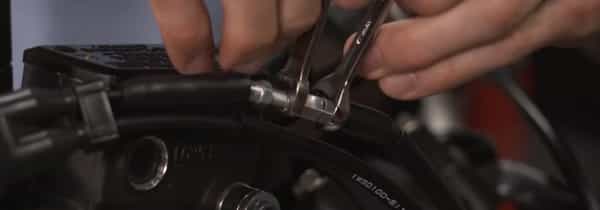
You need to remove the handlebar end weight, and to get as much slack as possible, you need to loosen the barrel adjuster on the throttle cable. The next thing you need to do is disassemble the throttle housing, which is done by unscrewing the two screws that hold it together.
After disassembling the throttle housing, make sure to unhook the cables out of the throttle tube. Once you have unhooked the cables, you will have to slide the tube off the end of the handlebar.
I use WD-40 or rubbing alcohol for degriming most of the parts. You can use the same or something similar and clean the throttle tube and the handlebar. After doing so, take multipurpose grease and apply a thin layer on the handlebar. Take the throttle tube and slide it back. It should spin much easier after you complete all the steps from the above.
Now that the throttle is already taken apart, now is a perfect time to lubricate throttle cables because there is a possibility that the throttle tube wasn’t causing problems at all. To inject an aerosol lube in the cable housing, you can use a specially device like a Motion Pro Cable Luber, or you can do it by creating a funnel from the corner of a plastic bag which will also do the work.
Puncture the hole in the corner of the bag and use a rubber band to secure the funnel to the end of the cable. After doing so, take the lube, fill it in, and stroke the throttle cable a couple of times up and down to make the lube go in the housing.
I have spoken to many riders, and some say (just like reading different manuals) that you should lube the throttle cables frequently, while others say it doesn’t need to be done as long as everything is fine and you don’t notice any problems on your throttle.
Some riders who frequently ride in dusty conditions like through deserts tend to leave their throttle cables dry since, that way, grit doesn’t get attracted so easily. Riders that ride most of the time in wet climates know that they need to keep their throttle cables well oiled because that is the best possible protection from corrosion.
Here is a nice video from MC Garage and Motorcyclist Magazine showing you How to Adjust Motorcycle Throttle Cable:
Final Thoughts
Although throttle cables don’t present frequent problems and riders don’t have to deal with them so often, it is helpful to know how to deal with them when the problem comes. I have changed my throttle cables two times on my motorcycle because I was adjusting my handlebars.
Also, I have helped my friend, a mechanic who has excellent knowledge about motorcycles, and I like to work with him and share experiences about motorcycles.
I hope that this article has helped you deal with your motorcycle throttle cable.
